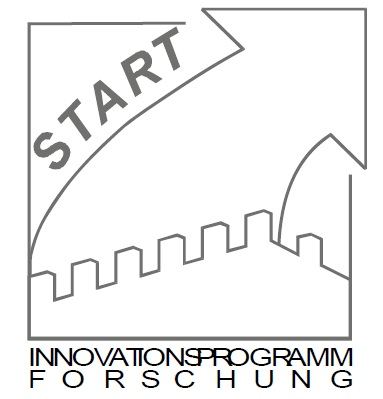Biomechanics of the shoulder joint
The shoulder is one of the most mobile joints of the human body and consequently extremely unstable. . Soft tissue consisting of muscles and tendons surrounds the shoulder joint allowing flexible mobility yet compromising stability and increasing joint injury susceptibility. Furthermore, the anatomical variability of both physiological as well as nonphysiological dynamic changes of the shoulder joint is extensive. Occasionally, therapy to repair an injured shoulder is futile, requiring the implantation of an artificial joint and shoulder prosthesis. In such cases, the therapeutic reestablishment of the equilibrium between maximum stress and the actual joint load is essential for a lifelong restoration of the physiological joint function.
As part of a START-project in cooperation with the Department of Orthopaedic Surgery at the University Hospital Aachen, a new research study investigates the biomechanical properties of the shoulder joint. In order to systematically analyze the shoulder, this study proposes to develop a shoulder simulator that combines a passive movement of the shoulder with an active movement pneumatically applied by artificial muscles. Collected data are subsequently exported to a Multi-Body Simulation (MBS) for kinematic and dynamic analysis of the motion behavior of the shoulder joint. The focus of this project is to assess the integration of a MBS approach into the clinical workflow in the context of a biomechanical model-based therapy planning.
Partner
- Department of Orthopaedic Surgery at the University Hospital Aachen
Contact
Funding

START
Program for research funding for young academics at the faculty of medicine of the RWTH Aachen University


